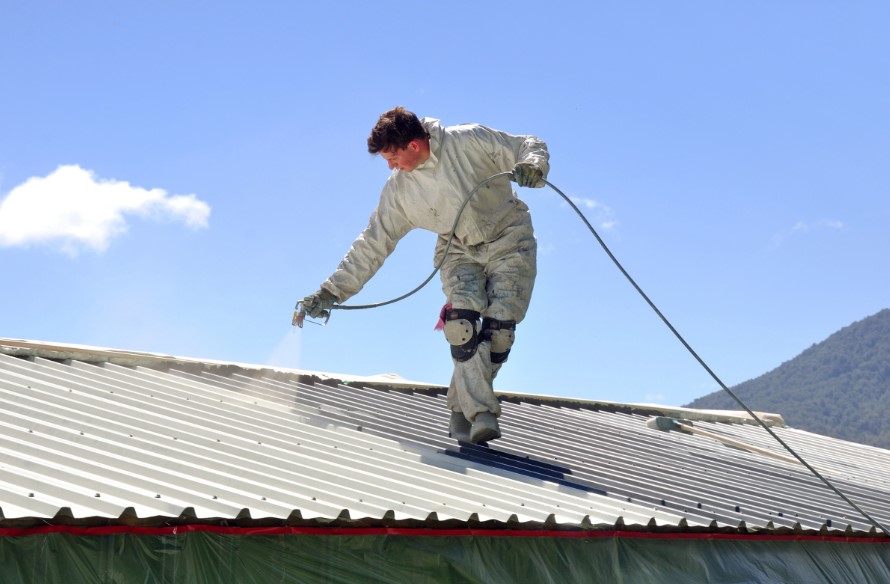Is it conceivable that a simple change to the roofing of a building could significantly impact energy efficiency and cost savings?
This question forms the basis of an investigation into ‘Cool Roofs‘, an innovative solution designed to reflect more sunlight and absorb less heat than a standard roof.
A transition to this energy-efficient roofing system not only holds potential for considerable financial benefits but also contributes positively towards environmental sustainability.
The exploration of ‘cool roofs’ navigates through the science behind these heat-reflective roofing solutions, unveiling their multi-faceted advantages.
Analysing these systems in-depth reveals how they function by deflecting solar energy, reducing heat transfer into buildings, and consequently diminishing reliance on air conditioning.
The discourse extends beyond merely understanding this technology; it seeks to enlighten readers about its impact on broader ecological aspects and its role in mitigating climate change effects.
As members of a global community increasingly aware of our collective responsibility towards sustainable living, adopting such environmentally friendly practices is indeed an intriguing prospect.
Understanding the Concept of Energy-Efficient Roofs
As the old adage goes, ‘A stitch in time saves nine,’ so too does an energy-efficient roof provide long-term benefits by reducing heat absorption and thus lowering cooling costs.
Energy-efficient roofs are designed using reflective materials that aid in bouncing back the sun’s rays instead of absorbing them, minimizing the amount of heat transferred into a building. This process is known as the solar reflectance index (SRI), a standard measure for a roof’s ability to reject solar heat. It is essential to understand that different roofing materials will have varying SRI values; hence, higher SRI values equate to greater reflectivity and increased energy efficiency.
Moreover, another aspect contributing to an energy-efficient roof is its thermal emittance—the capacity of the roof material to radiate absorbed heat back into the atmosphere. High thermal emittance coupled with high solar reflectance significantly reduces energy consumption, resulting in decreased cooling loads and reduced peak demand during sunny afternoons when electricity rates are at their highest.
The combination of these two factors—solar reflectance and thermal emittance—determines how cool a roof can be under the scorching summer sun. Therefore, by understanding these principles behind energy-efficient roofs, one can make informed decisions about appropriate roofing choices that lead not just to lower utility bills but also contribute positively towards environmental sustainability—a shared responsibility for all inhabitants on earth.
Advantages of Adopting Heat-Reflective Roofing Solutions
Implementing heat-reflective roofing solutions offers numerous advantages such as energy efficiency, cost savings, and an environmentally friendly alternative.
These solutions primarily involve the use of reflective paint, sheet covering, or highly reflective tiles or shingles that can significantly reduce solar heat absorption. This results in lower roof surface temperatures compared to traditional roofing materials. Consequently, the reduced thermal load on the roof minimises indoor temperature fluctuations and lessens the reliance on air conditioning systems.
This reduction in energy consumption translates into substantial cost savings for households and businesses alike and contributes to mitigating greenhouse gas emissions – a key aspect of environmental sustainability.
Cool roofs also have an extended lifespan compared to traditional roofs due to their superior resilience against ultraviolet (UV) radiation damage. The degradation process is slowed down by reflecting away much of the UV and infrared rays that cause wear-and-tear over time.
Moreover, these solutions demonstrate a commitment towards sustainable practices which appeal not only to individual environmental consciousness but also resonate with broader community values centred around ecological responsibility. They represent an opportunity for individuals and organisations alike to actively participate in shaping a sustainable future where comfort doesn’t come at the expense of our planet’s health.


